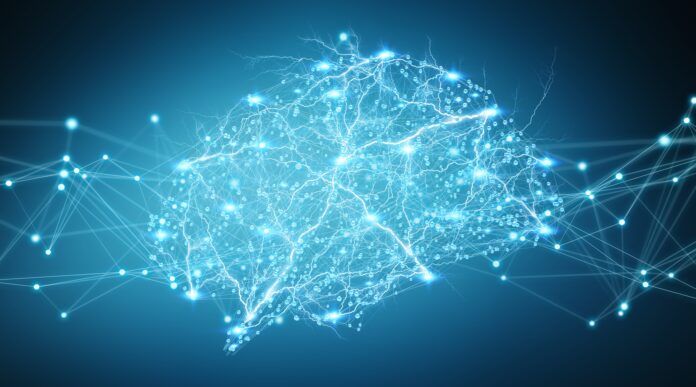A sensing method has been introduced to make tracking movement easier and more efficient. Motion tracking will transform your live-action footage, and Motion Tracking in 3D is for complex camera moves across all three dimensions. Three-dimensional tracks allow for dimensional objects created in 3D software like character models or extruded type.
A group of researchers from the University of Tohoku University captured quick 3-D motion data from a magnetic flux sensor array with the help of a structure-aware temporal bilateral filter and deep learning.
Dexterous 3-D motion data are used for multiple purposes includes which helps biologists to record data detailed movements of small animals in their living environments, scientists can trace the flow of fluids, and researchers can track finger movements and objects being manipulated by users in virtual reality (VR).
Optical cameras are used in the method of tracking movements, they struggle with accuracy and reliability. If any animal burrows away or if any object or fingers cover the view of the camera, it will fail to detect the motion.
The dexterous motion also uses Magnetic tracking technology. However, even the new magnetic systems have limitations. The standard tracking method creates bias and magnetic sources have bulky markers or dead angle problem.
A group of researchers invented a method with help of a deep learning network and a novel structure-aware temporal bilateral filter on a magnetic tracking principle. The neural networks 1st learn the regression from the simulation flux rates to the LC coils 3-dimensional configuration at any location and orientation.
The new filter compensates more on the data to reconstruct in smooth and accurate motion. Since the markers do not require batteries the observation time can be maximized. So as a result the new integrated system can track multiple LC coils at a speed of 100 Hertz at millimeter level accuracy. Tracking loss due to a dead-angle can be replaced because of the system’s capacity for self-learning.
As per Kitamura Hand motions can be tracked to get smooth animations easier, as well as markers, can be put into fluids to track its flow, and tracking can be placed on small animals and the application is widespread.

